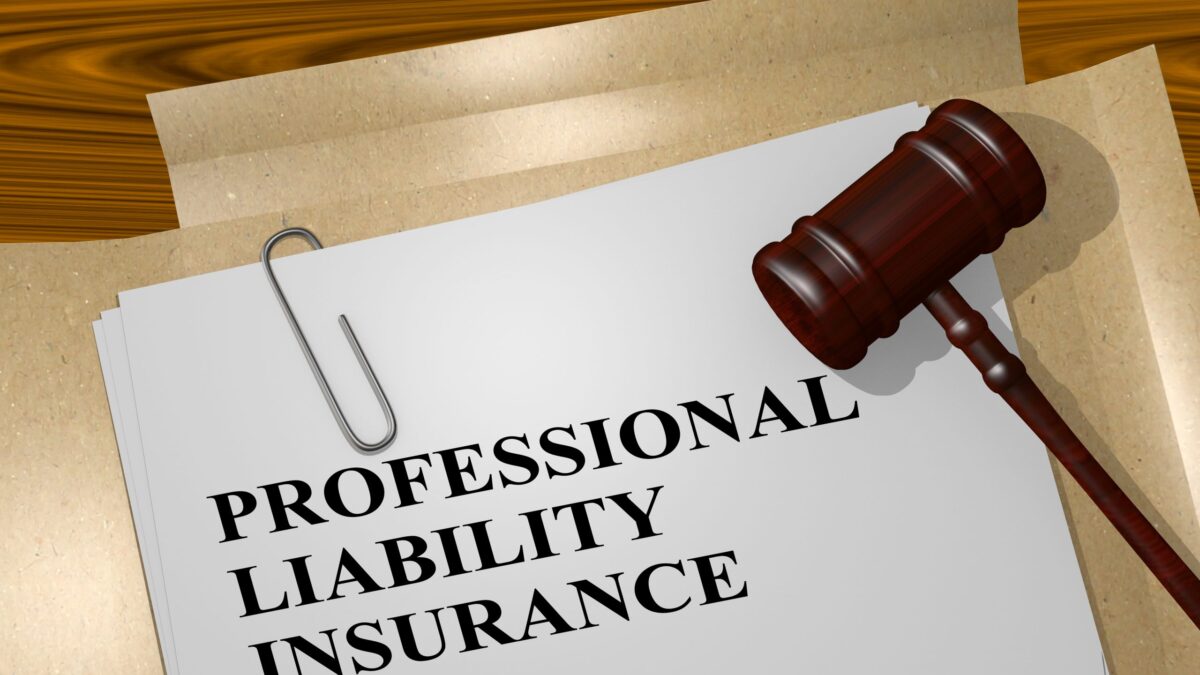An insurance policy is a mutual contract between two parties. In exchange for a mutually agreed-upon payment, called a premium (which can be paid all at once or in installments), the insurer agrees to indemnify and reimburse the insured entity for any financial loss up to a pre-determined maximum amount if a particular set of events happen during the term of the contract, which is also called the term of the policy. The financial protection you get from an insurance policy depends on whether or not certain things happen. This is decided before you sign the contract. There are many different insurance policies, such as life insurance, health insurance, fire insurance, etc.
What is Professional Liability Insurance?
Professional liability insurance (PLI) is called professional indemnity insurance or errors and omissions insurance. This type of insurance protects a professional or business against financial losses caused by legal claims made by clients against the professional or company for things like negligence, malpractice, misrepresentation, etc., that happens during the business. Two main things must happen for a professional liability insurance policy to cover an event. First, the client and the insured entity must have a valid contract. Second, the insured entity must have done a lousy job. Even though the law hasn’t said what a “professional” is, most people think of them as experts or skilled people like doctors, lawyers, chartered accountants, architects, etc., who charge a lot of money for consultations and other niche services for their clients. Such insurance policies protect these people or businesses from legal claims made by their clients that they were negligent, made mistakes, etc., which could cause the entity to lose a lot of money.
Professional liability insurance example
One type of professional liability insurance often used is medical malpractice insurance. Medical professionals do their jobs with the possibility of being sued for medical malpractice. Medical malpractice is defined as an act or omission by a medical provider that falls below the standard of care and causes harm or death to a patient. Most medical malpractice issues are treated as civil torts in the US. However, medical malpractice insurance can help providers cover the cost of these lawsuits.
Different kinds of professional insurance
Human error is a common problem, but sometimes a client can sue a professional for an error out of his hands. A professional indemnity insurance can protect against these kinds of problems. There are a few different kinds of professional liability insurance, such as:
- Malpractice insurance mainly covers doctors, dentists, nurses, and licensed health care professionals. This is helpful for professionals whose mistakes can hurt people or cause other problems.
- Errors and Omissions Insurance (E&O): This is mainly for business professionals like lawyers and architects. It protects against the financial risks of carelessness, mistakes, and omissions.
- Coverage for civil liability: Civil indemnity covers all risks not covered by basic insurance.
- Civil indemnity insurance will cover all costs related to defamation, breaking a contract, slander and libel, intellectual property, and any harm to a person caused by a security breach. The civil liability cover also has some things that it doesn’t cover, like the employer’s and the public’s liability.
How to File a Claim for Professional Indemnity Insurance
If you need to claim your professional indemnity insurance, you should know what to do:
If something terrible happens, you should tell your insurance company immediately.
If you get a legal notice, you should give the document to your insurance company as soon as possible.
Please fill out the claim form and send it with the other required documents.
The insurance company will approve the claim if it thinks it’s a good case. If not, it will turn it down.
If you are unhappy with how the case is going, you can go to court.


